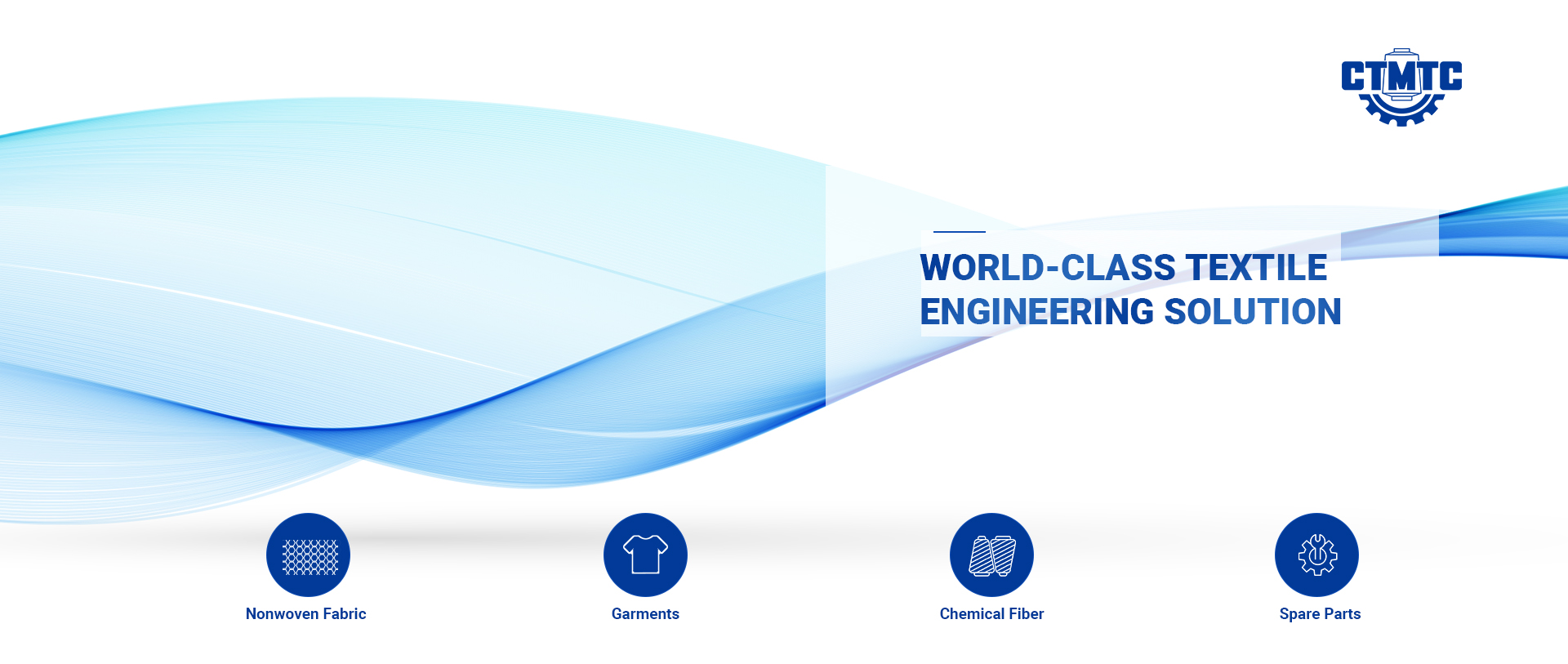Introduction
Flushable fabrics made from wood pulp and viscose represent a significant advancement in the development of environmentally friendly disposable products. These fabrics are designed to disintegrate and biodegrade in water systems, providing a sustainable alternative to traditional non-flushable wipes and hygiene products. This article delves into the composition, manufacturing process, advantages, and applications of flushable fabrics composed of wood pulp and viscose.
I. Composition of Flushable Fabric
Wood Pulp and Viscose are the primary materials used to create flushable fabrics due to their natural origins and biodegradability:
1. Wood Pulp: Derived from trees and other plant fibers, wood pulp is a renewable resource known for its excellent water absorption and biodegradability. It forms the base structure of the fabric, providing strength and bulk.
2.Viscose: A semi-synthetic fiber made from regenerated cellulose, viscose offers a smooth texture and good absorbency. It enhances the softness and flexibility of the fabric, making it suitable for personal care products.
II. Manufacturing Process
The production of flushable fabric from wood pulp and viscose involves several key steps:
1.Fiber Preparation and Blending
Wood pulp and viscose fibers are mixed in specific ratios to achieve the desired balance of strength and softness. The fibers are often processed into a slurry to facilitate bonding and distribution.
2.Wet-Laying
The fiber mixture is laid onto a moving belt to form a uniform web. This process helps in distributing the fibers evenly, creating a consistent base for the fabric.
3.Hydroentanglement (Water Jet Bonding)
High-pressure water jets are used to entangle the fibers, creating a cohesive fabric without the need for adhesives. This method enhances the fabric’s strength while maintaining its flushability.
1.Drying and Finishing
The hydroentangled fabric is then dried to remove excess moisture. Additional finishing processes, such as calendering (smoothing and compressing) or cutting, may be applied to meet specific product requirements.
2.Disintegration Testing
To ensure flushability, the fabric undergoes rigorous testing for disintegration in water. It is tested in conditions that simulate household and municipal plumbing systems to confirm it will break down effectively without causing blockages.
III. Advantages of Flushable Fabric
Flushable fabrics made from wood pulp and viscose offer numerous benefits:
1.Biodegradability
Both wood pulp and viscose are derived from natural, renewable sources and are biodegradable. When disposed of in water, the fabric disintegrates and decomposes, reducing environmental impact compared to traditional synthetic wipes. At present, the relevant information has been updated, you can check the information website for business news.
2.Flushability
Designed to break down in water, these fabrics do not clog plumbing or sewer systems. They pass through disintegration tests to ensure they meet standards for flushability set by regulatory bodies like INDA/EDANA.
3.Softness and Comfort
Viscose contributes to a soft, smooth texture, making the fabric comfortable for use in personal care applications such as wipes and hygiene products.
4.High Absorbency
Wood pulp provides excellent water absorption properties, making the fabric suitable for products that require high absorbency, like baby wipes and bathroom tissues.
5.Sustainability
The use of natural fibers promotes a lower environmental footprint, supporting efforts towards sustainable product development and reducing reliance on non-renewable resources.
IV. Applications of Flushable Fabric
Flushable fabrics made from wood pulp and viscose are versatile and can be used in various applications:
1.Personal Care Products
Ideal for producing flushable wipes for baby care, facial cleansing, and adult hygiene. These products offer the convenience of disposability with the assurance of environmental safety.
2.Toilet Paper
Enhanced softness and strength make it suitable for flushable toilet paper, providing a comfortable user experience while ensuring biodegradability.
3.Feminine Hygiene Products
Used in the production of flushable feminine hygiene products, such as pads and panty liners, where disposability and comfort are key factors.
4.Cleaning Wipes
Effective for creating flushable cleaning wipes that can be used for household cleaning and then safely disposed of in the toilet.
5.Medical and Healthcare
Employed in the manufacture of flushable healthcare wipes and disposable medical textiles, combining hygiene with ease of disposal.
V. Future Prospects
As environmental awareness grows and regulations on plastic waste tighten, the demand for flushable and biodegradable products is expected to rise. Advances in the technology and testing of flushable fabrics will continue to improve their performance and broaden their applications. Innovations in material science and production techniques may lead to even more efficient and eco-friendly solutions in the near future.
Conclusion
Flushable fabric made from wood pulp and viscose represents a promising step towards sustainable disposable products. With their biodegradability, flushability, and suitability for a range of applications, these fabrics address the environmental challenges posed by traditional non-flushable wipes and similar products. As technology evolves, flushable fabrics are set to play an increasingly important role in reducing waste and promoting environmental stewardship in everyday consumer products.
Post time: Jul-08-2024

